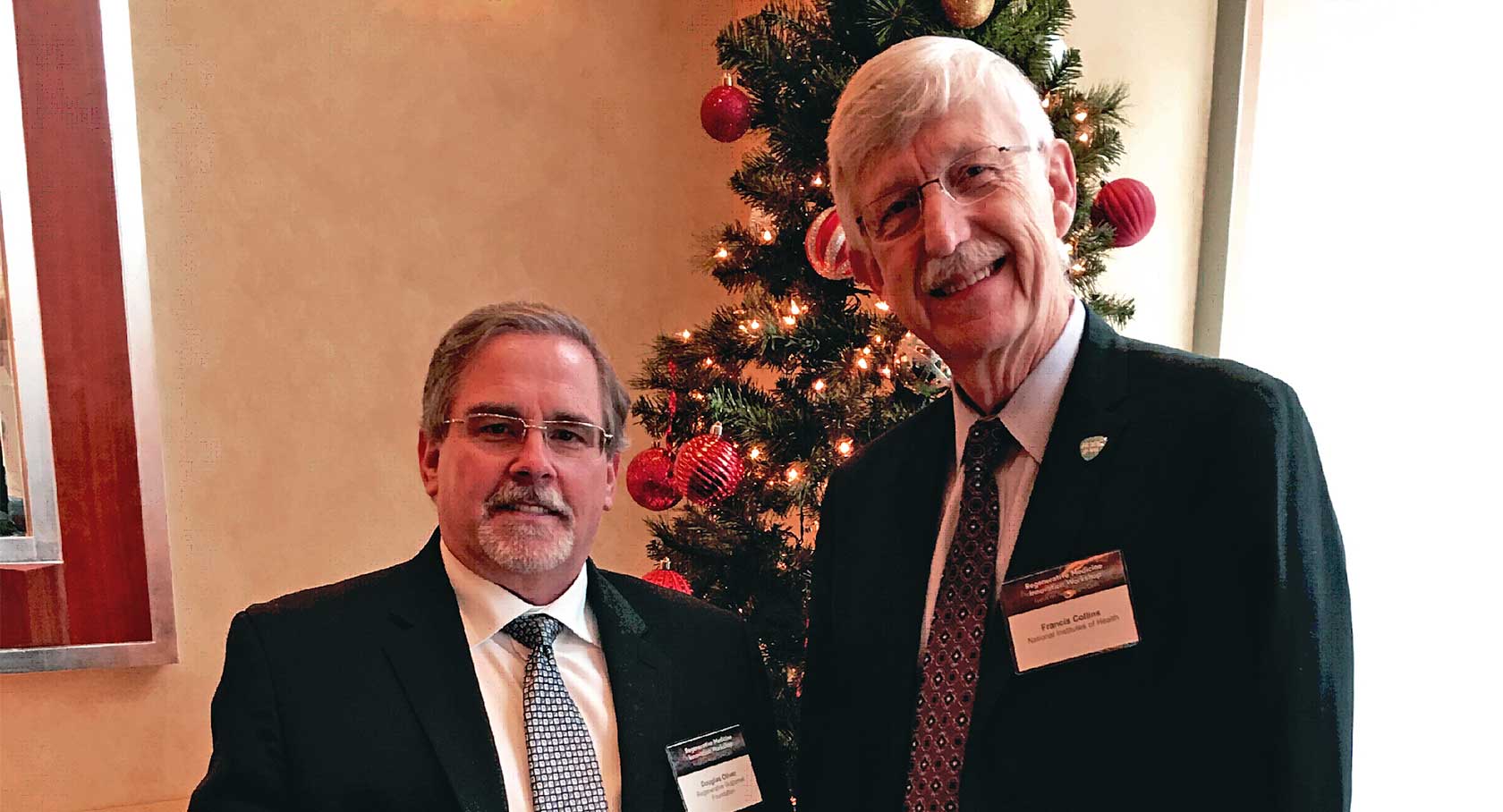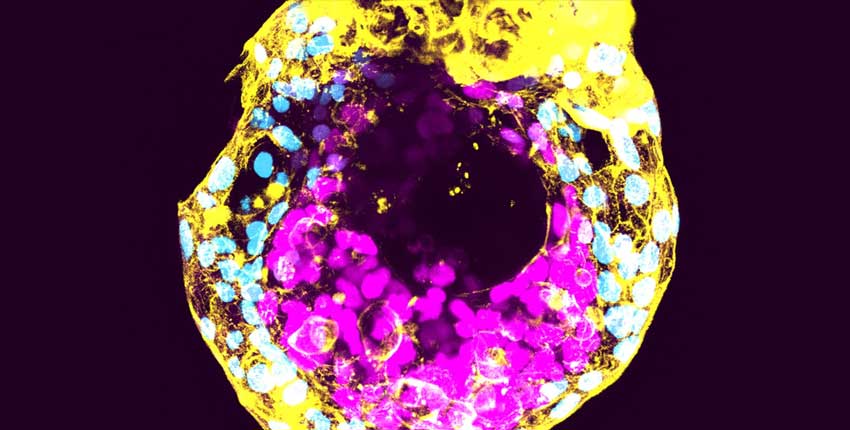Benefits of stem cell heart therapy may have nothing to do with stem cells, a study on mice suggests.A new study shows that heart stem cells don’t regenerate the heart, but trigger the body’s own immune response to help an injured heart heal
The discovery will have to be repeated and investigated in human tissue, but the emergence of a likely explanation for how heart cell therapy can have modest benefits comes after years of hype, hope and disagreement about stem cells’ potential to heal broken hearts. Experimental the rapies have been tested in hundreds of patients with heart disease, even as doubts have grown about the underlying scientific rationale. The idea that the cells could regenerate the heart was intuitively attractive and captured a field searching for therapies to offer desperate patients, and many scientists started companies to try to commercialize different cell types. The new work provides a long-awaited explanation — one that some outside scientists argued does not support more trials with the cells.
“It’s sort of an ‘Aha!’ feeling,” said Christine Mummery, a developmental biologist at the Netherlands’ Leiden University Medical Center not involved in the study. “My personal view is that we’ve done so many of these studies, particularly for the heart, I think it would be a waste of time starting up any new ones. Whether or not the old ones should be continued — I call it expensive homeopathy.”
Jonathan Epstein, a cardiologist at the University of Pennsylvania who has been critical of continuing trials while much of the basic science undergirding them has collapsed, said the new study is “important and paradigm-shifting.”
“If one believes that medical therapy should be driven by an understanding of mechanism, it makes more sense to me to pursue a direct approach, to modulate the immune system, as opposed to an indirect approach of using live or dead cells,” Epstein said.
Five years ago, researchers debunked the idea that one type of heart stem cell, called a cardiac progenitor cell, was a stem cell at all. The scientists found that, contrary to expectations, those cells were not regenerating appreciable amounts of heart muscle after being injected into injured mouse hearts. Some scientists and physicians, many of whom had built careers on the use of cells as therapy, argued that it wasn’t the cells themselves doing the repair but, rather, factors that the cells secreted. In the new study, published in Nature, scientists reported that the modest beneficial effects of injecting either cardiac progenitor cells or bone marrow cells into the injured mouse heart don’t appear to be specific to the cell therapy. Modest improvements in heart function, the result of the healing of a heart attack scar, can also be triggered by injecting dead cellular debris or a chemical that stimulates the immune system.
“The biggest problem, up front, is that these aren’t stem cells,” said Jeffery Molkentin, a professor of pediatrics at Cincinnati Children’s Hospital Medical Center who led the new work. “The progression, after we figured out that was wrong, was that [people] were hoping the cells we inject make a magic soup … that revitalize the cells. What we did and showed is there is no magic soup. You’re injecting cells, they’re dying and stimulating an immune response.”
Deepak Srivastava, president of the Gladstone Institutes in San Francisco, said that the study should “lay to rest” the idea that some secreted factor is improving heart function.
“This is why understanding mechanism of any therapeutic is so important,” Srivastava said. “Had the field understood this some time ago, you’d have used different approaches to achieve the same goal and refined the product [you inject] to maximize the effect.”
But Denis Buxton, associate director of Basic and Early Translational Research at the National Heart, Lung and Blood Institute, said that there may be more than one healing mechanism at work, and the immune response may work in tandem with some secreted factor from stem cells.
Over the past year, enthusiasm for cell therapy for the heart has dampened, after a series of retractions from the laboratory of Piero Anversa, an influential former Harvard University cardiologist whose work was foundational for the field. A federally funded trial using several types of cells in patients with heart failure was halted last year after the retractions. That trial was eventually allowed to continue but is not enrolling new patients, pending further review.
While scientists have been using clinical trials and laboratory experiments to test stem cell treatments, an unrelated market has sprung up in clinics claiming they use stem cell treatments to cure any number of ailments. Some patients have been sickened by contaminated injections or blinded by the unproven treatments. Stem cell researchers are some of the strongest critics of these clinics, saying they mislead and endanger patients as well as threaten the reputation of a still-young field.
The new work may provide a new direction for heart research, allowing researchers to examine whether harnessing the immune system could help repair the heart directly. Advances in understanding the immune system have already begun to transform the treatment of cancer and have led to a broader rethinking of how to treat illness — including heart disease.
Joshua Hare, a cardiologist at the University of Miami, argued that the study supports the merits of ongoing clinical trials that use the approach to treat patients. He also pointed out that the mouse study may not be indicative of what happens in humans.
“What people have gotten caught up in is the debate about mechanisms, which is unfortunate for patients, because patients are in need of clinical treatment,” Hare said. “We desperately need a therapy. I think that this is a very important study that substantiates the field and strongly suggests we should continue with what we’re doing.”



